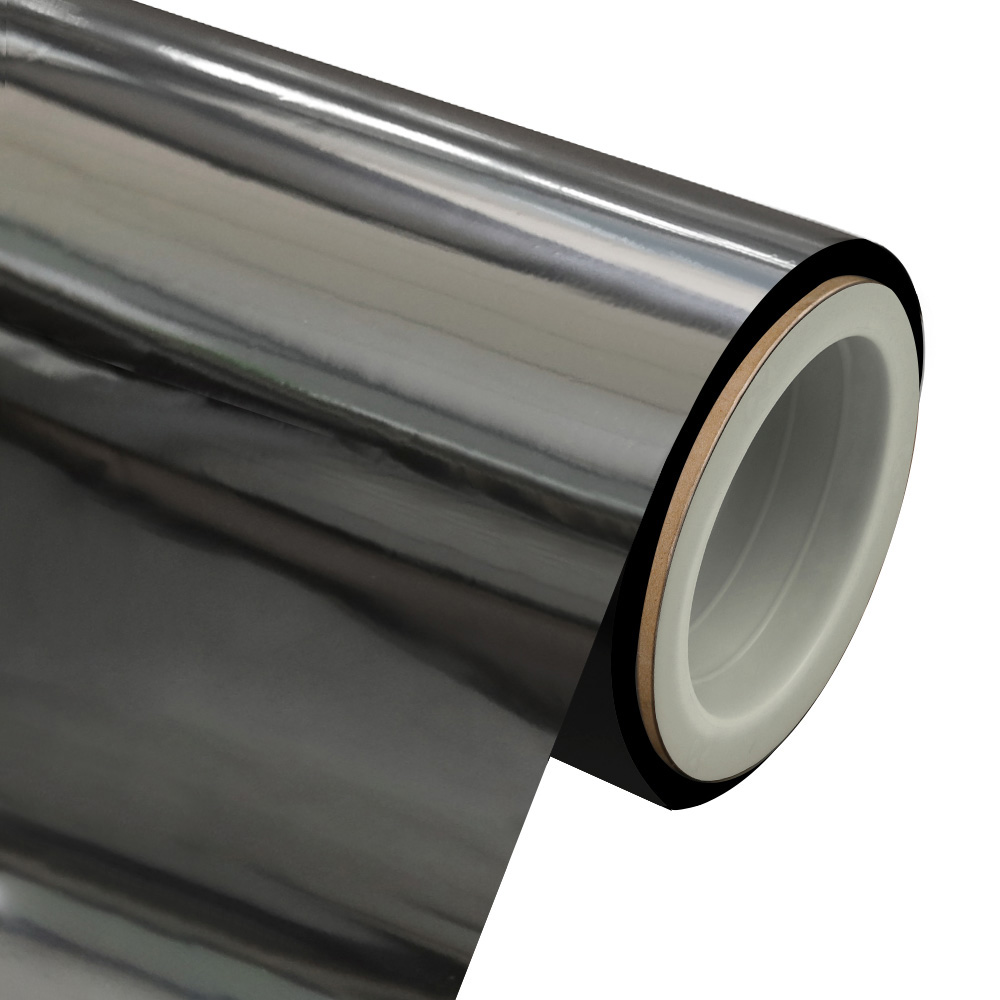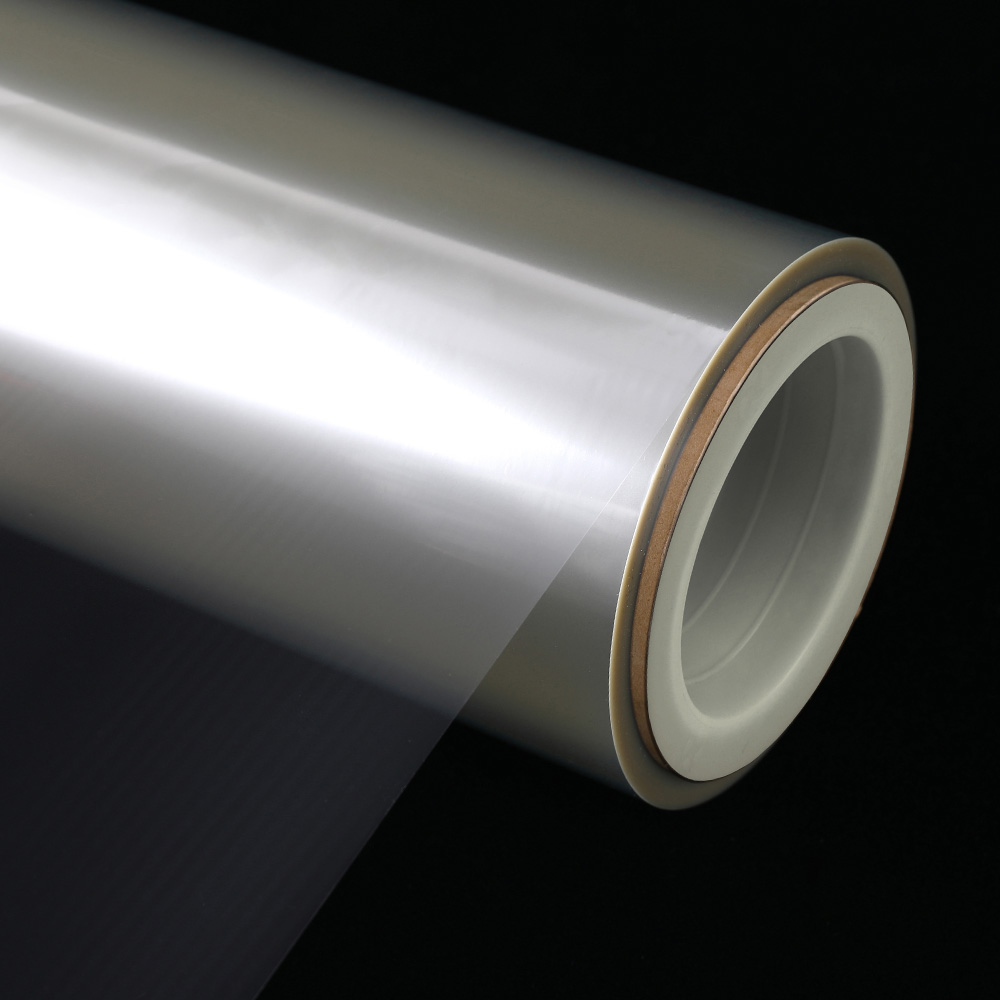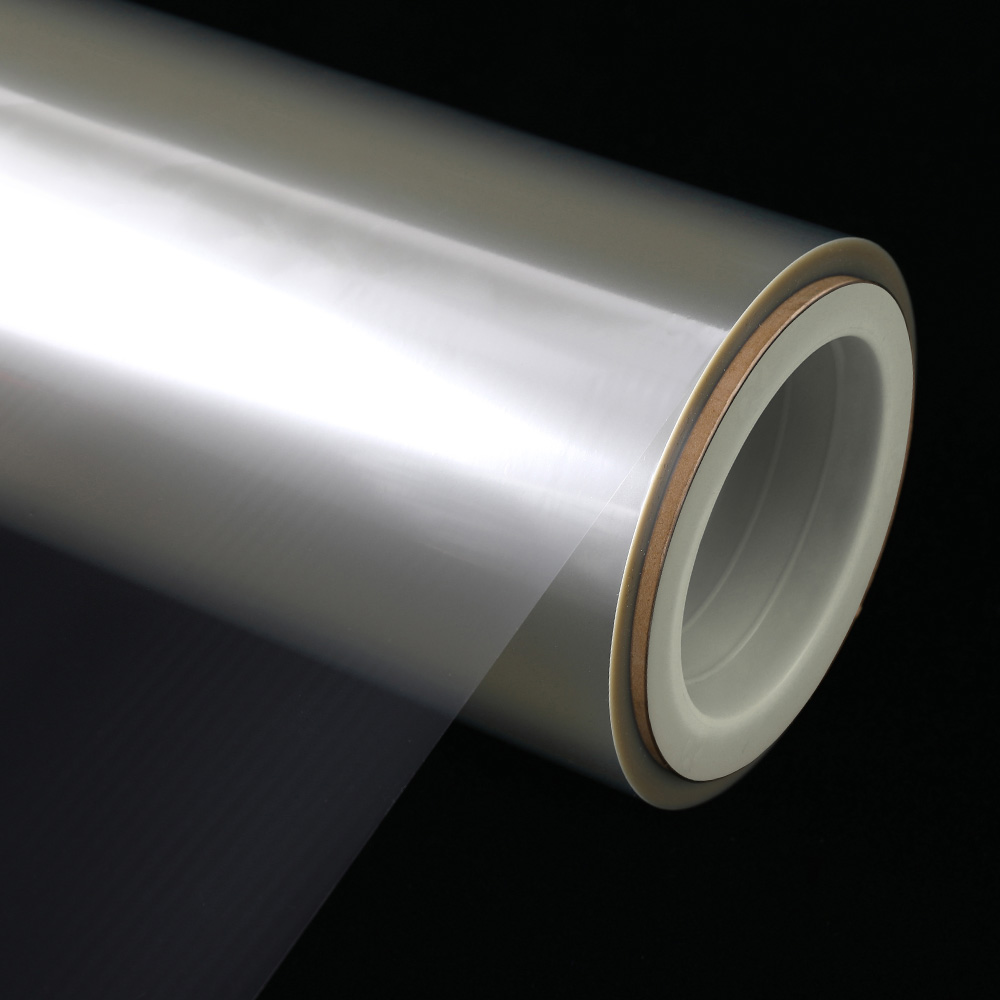What determines the high tensile strength of metallized twisted PET films?
The high tensile strength of metallized twisted PET (Polyethylene Terephthalate) films is primarily determined by the intrinsic properties of PET as well as the manufacturing processes used to create and enhance the film. Here are the key factors that contribute to the high tensile strength of metallized twisted PET films:
Base Material - PET Film: PET is inherently a strong and durable material. PET film, the base material for metallized twisted PET film, possesses tensile strength. This strength is a result of the polymer's molecular structure, which includes strong carbon-carbon bonds and a highly ordered, crystalline structure. These characteristics provide PET with a high degree of molecular alignment and resistance to stretching, contributing to its tensile strength.
Orientation: During the manufacturing process, PET film is typically oriented, which means it is stretched in one or both directions. This stretching process aligns the polymer chains along the direction of stretching, further enhancing tensile strength. In the case of metallized twisted PET film, the twisting process itself may also contribute to molecular orientation, which can increase strength.
Thickness: Thicker PET films tend to have higher tensile strength compared to thinner films. Manufacturers can control the thickness of the film to meet specific tensile strength requirements based on the intended application.
Metallization: The metallization process, which involves depositing a thin layer of metal (such as aluminum) onto the PET film, can sometimes improve tensile strength. The metal layer can act as a reinforcement and provide additional structural integrity to the film.
Twist Pattern: The twisting process in metallized twisted PET film may contribute to increased tensile strength. The specific twist pattern and degree of twist can affect the film's overall strength and its ability to resist stretching or tearing.
Adhesion: The adhesion between the metal layer and the PET film is crucial. Strong adhesion ensures that the metal layer effectively reinforces the film, enhancing its tensile strength.
Heat Treatment: Heat treatment processes can further enhance the tensile strength of PET films. Heat helps to crystallize the polymer structure, making it more resistant to deformation and stretching.
Quality Control: Strict quality control measures during the manufacturing process help ensure that the film meets the desired tensile strength specifications. This includes monitoring factors like thickness uniformity, metallization quality, twist pattern consistency, and more.
Additives: Some PET films may incorporate additives or coatings that enhance their tensile strength. These additives can modify the film's properties and improve its performance under stress.
In summary, the high tensile strength of metallized twisted PET films is a result of multiple factors, including the inherent strength of PET, the orientation and manufacturing processes, the specific twist pattern, metallization, and quality control measures. Manufacturers carefully engineer these elements to create films with the desired tensile strength properties for various applications, such as packaging, labeling, and more.


 English
English  中文简体
中文简体 





